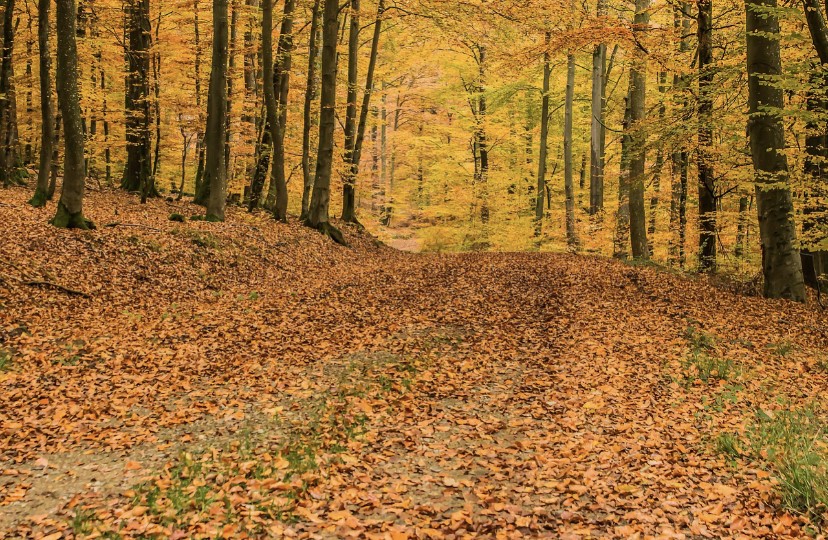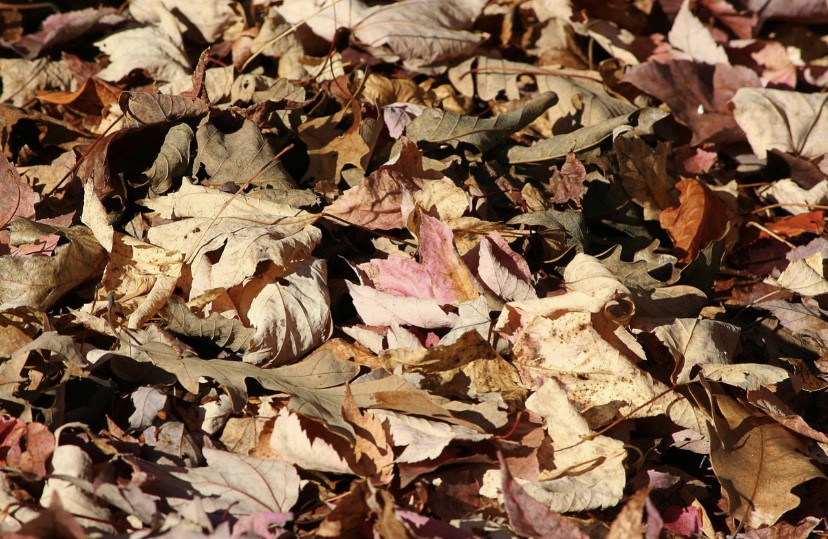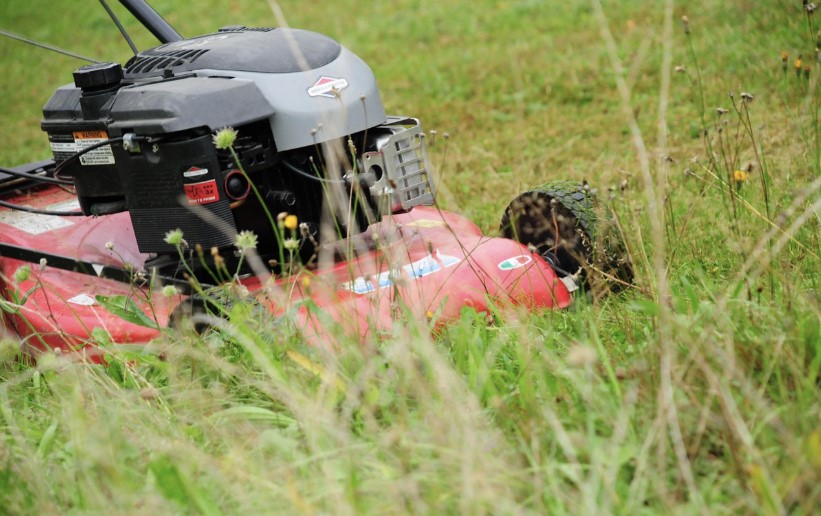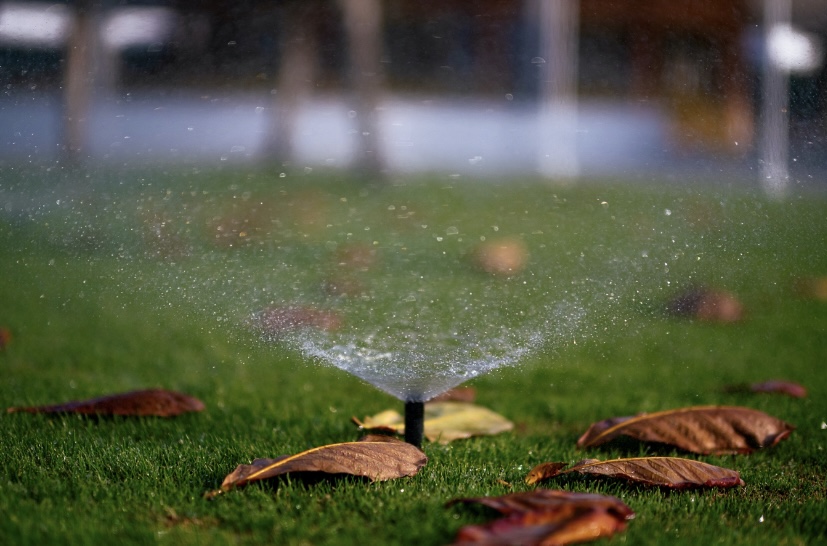by Matt Watts

We all love to see their young fawns with their cute little spots in the spring and their daddy’s huge rack in the fall. We also enjoy their meat in our freezers all year round. On the flip side, deer can be a gardener’s worst enemy. The fact is we like them until they eat our trees and shrubs. The following are a few horticultural tips that will help you have a lush, sustainable landscape while living in deer country.
A major factor of landscaping involves horticultural, which would be your trees, shrubs, and perennials. There are many concepts to explore while choosing the right plant for the right location, knowing how many deer visit your site is one of them. There are few things we can do to grow plants in deer country. A 6ft high fence is the best deterrent when dealing with deer. However that might not be an answer for a variety of reasons. There are many kinds of repellants from sprays, to ultrasonic, to witchcraft your mamma used to do, but I consider those temporary at best. Landscape design and plant choices go a long way to combating browsing deer while creating a sustaining, a visually appealing landscape.
There are 3 types of categories that plants fall into when dealing with browsing deer. Frequently Damaged, occasionally damaged, and seldom damaged. Planting seldom damaged plants in high deer routes keeps deer moving and not looking at maybe some colorful frequently damage plants you have close to the house or in the backyard. Landscaping in deer country is possible!
Deer damage is typically seasonal, choosing a bloom time that is during the time when deer are not around is a way to enjoy more color in your landscape through the seasons. Also protecting your trees or shrubs with fencing, during the fall and winter, especially in the first couple of years after planting, is important for long term survival.
The following are plants that are on the seldom damaged list but provide color and interest in our gardens. First on the list will be our ornamental grasses. There are a wide variety of grasses to choose from that will add interest while keeping the deer uninterested. A great choice for fall color and winter attraction is, Schizachyrium scoparium, common name Little Blue Stem. Little Blue Stem is a native American prairie grass with outstanding drought and cold tolerance. Little Blue Stem grows 2ftx2ft tall and wide. It has great color in the fall as it changes color from green to orange with reddish tones.
Iris germanica and Iris sibirica are great springtime additions that are durable and stand the test of time. Both varieties grow throw rhizomes and have similar flowers and height, but the Siberian has a smaller flower and tends to spread less. Both grow to be 2ft high.
Paeonia lactiflora, the peony plant should be loved by everyone with their late spring to early summertime flowers that range in size from 3”-10” wide. These are long lived perennials, that make great cut flowers that are very fragrant. Try out the tree peony variety for some added interest in your garden.
Perovskia artriplicifolia Russian Sage is a graceful, aromatic, perennial with silvery, grayish green foliage, topped with lavender blue blossoms that bees love. The flowers last for months, and they make great cut flowers. That brings up the incredible, stress relieving, bee loving, Lavandula. This is a fun plant that is used in sleep time sprays and culinary practices. Lavender creates a stunning border that will add color to your garden from summer until fall. In wrapping up my last shrub that can be used in borders or patches of green color throughout the landscape.
Boxus sempervierns is a compact, evergreen broadleaf shrub that can tolerate a wide range of sun from all day sun to in the dark shade. They typically grow to be about 3x4ft in size. A great shrub to provide substance to any landscape.
Living in deer country is awesome, but landscaping in deer country can be frustrating, but remember deer eat all plants at some point during the year! It’s part of living in deer country. Working around them by using plants that they hardly eat keeps their routine travel pattern out of your yard.





